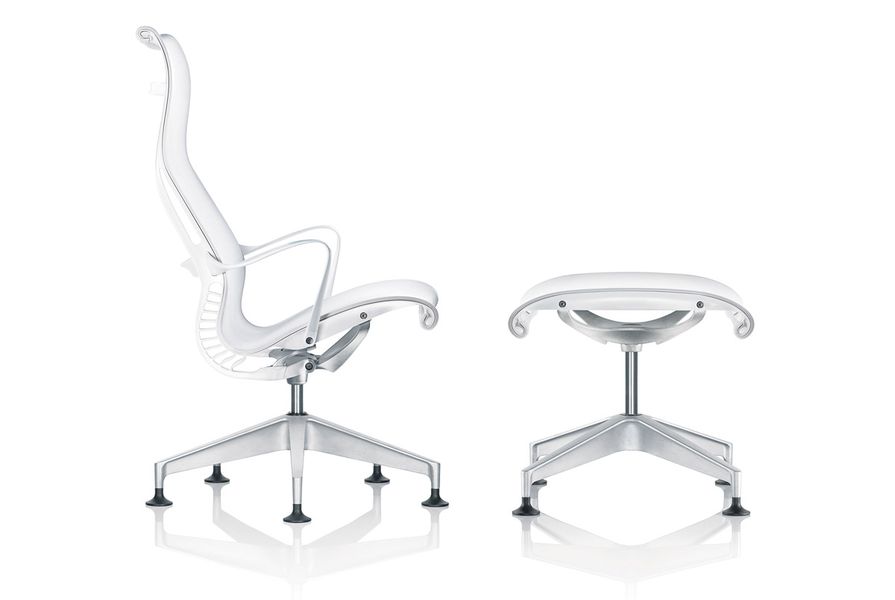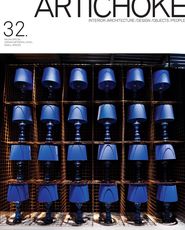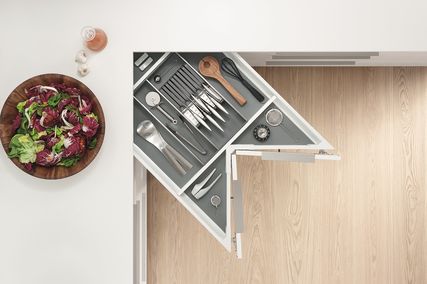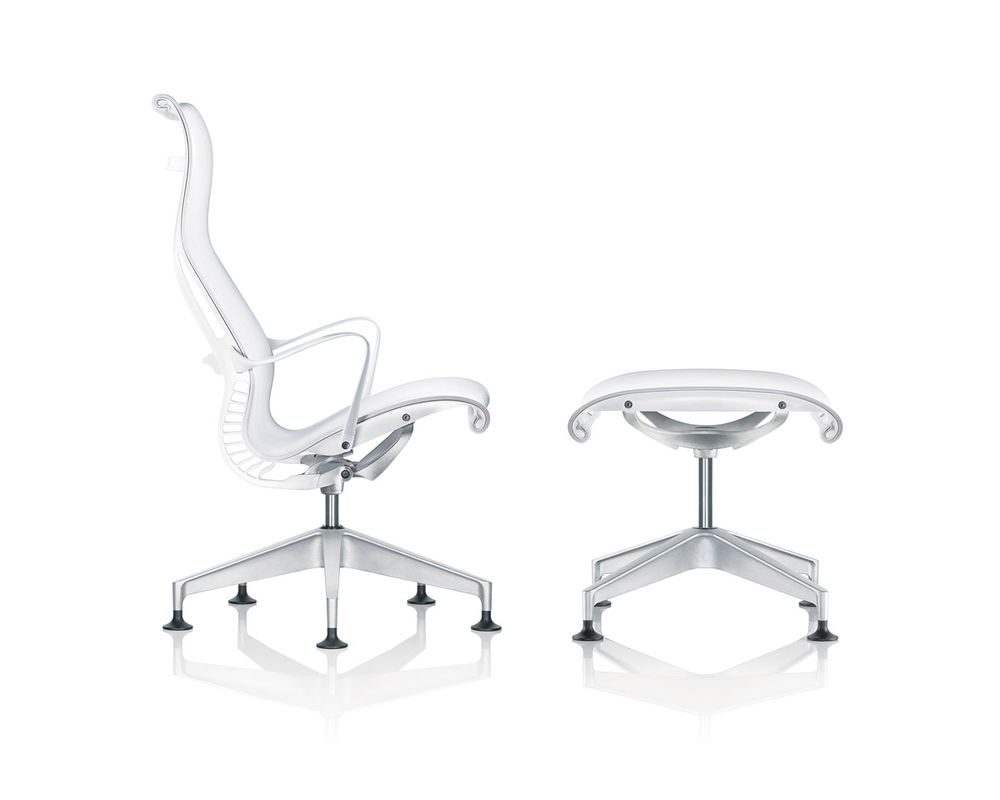There is a scene in Jason Reitman’s recent film Up in the Air in which “corporate downsizers” Natalie Keener (Amanda Kendrick) and Ryan Bingham (George Clooney) arrive at an office in Kansas. Natalie is taken aback as she scans the mostly vacant floor where only a few ergonomic task chairs are randomly scattered. Later, in another office in Des Moines, Natalie, having just terminated the employment of several staff, sits alone crying in a meeting room that is deserted but for twenty-five blue task chairs clustered around her.
There is a real poignancy here, which comes from the knowledge that the actors cast to play the “downsized” casualties of the film are actually real-life recently unemployed men and women. However, from my perspective as an interior designer, I couldn’t help but interpret the scene as a signal of the demise of the ergonomic task chair.
This may seem an unlikely introduction to my review of Herman Miller’s new Setu chair, but the features of this chair need to be considered in the context of this economic uncertainty and corporate rationalization.
I was recently introduced to the Setu by a staff member of Melbourne’s Living Edge showroom. She made a point to explain the difference between a task chair (one that is adjusted to suit its specific user) and the Setu, which she referred to as a “work” chair, a chair that can perform a variety of functions - meeting room chair, side chair, task chair - but more importantly, can serve a number of different people, without the need for any real adjustment. And sitting in it, I was surprised by how comfortable it was when compared to the more conventional ergonomic chairs in the showroom.
The chair was designed by Burkhard Schmitz, Claudia Plikat and Carola Zwick and engineer Roland Zwick from Berlin-based Studio 7.5. Speaking with the design team during their visit to Sydney, I made a point to ask whether the demise of the ergonomic task chair formed part of the brief for the design of the Setu?
“There was no brief,” they explained. Instead, after speaking with over three thousand architects and interior designers, they came to understand a common desire to marry effortless ergonomics with classic good looks.
Is it inspired by the Eames Aluminium Group series? “They [the Eameses] invented so many archetypal shapes for chairs that reuniting seat and back was on the top of our list - that’s just a common visual.”
While the Setu’s form does resemble the Aluminium Group chairs, Studio 7.5 suggests the comparison is “a little unjust because [the Aluminium Group] was never meant to be a task chair. It was later used, or misused, as such.” Instead, they explain: “Today we are spoiled in our expectations when it comes to comfort because of very good, well-designed task chairs. In a nutshell that was our own brief for the Setu chair, to add something that would instantly adapt to a user; that needs little or no adjustment to fit into the work scenario that we just mentioned; and on the other hand, to be non-intrusive visually, not intimidating, not a sitting machine.”
It’s correct to describe the chair as not intimidating, especially in comparison to other high-tech, high-spec sitting machines. The Setu’s simple functional concept is continued in its use of materials - the unfinished H-Alloy aluminium base could have been polished or plated, but is instead left in its raw state. Aesthetically appropriate, it also makes the chair more ecological in its production and ease of recyclability.
This honest approach to materiality, Setu’s classic form and the instant comfort it provides make this a chair of the future and an advantage in the ever-changing, contemporary workplace - a chair that doesn’t need to change when the person who sits in it changes.

















